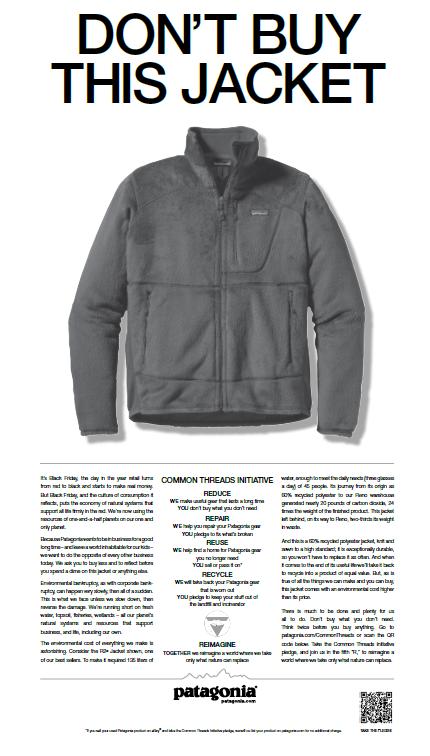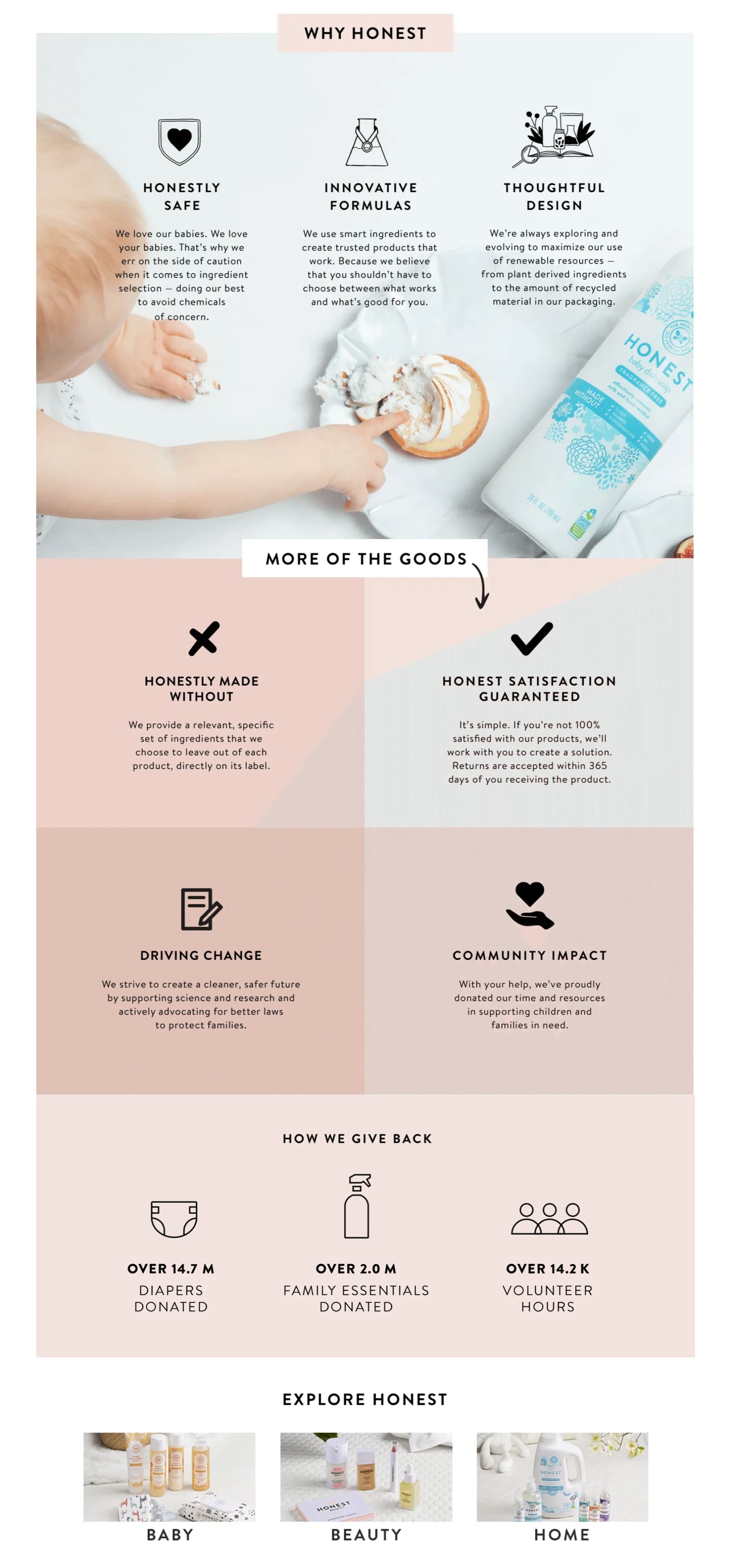Case Studies: How Eco-Friendly Brands Use Social Media to Drive Sustainable Practices
In a world increasingly concerned about environmental degradation, businesses must evolve to meet the needs of eco-conscious consumers. My name is Luca Schmidt, an SEO specialist with over 5 years of experience in content strategy and digital marketing. I have helped more than 30 brands optimize their online visibility, especially in the sustainability niche. In this article, I will explore how eco-friendly brands leverage social media to foster sustainable practices, inspire action, and ultimately drive their business success.
Introduction
In today's digital age, social media serves as a powerful tool for brands, especially those committed to sustainability. As sustainability emerges as a high priority for consumers, eco-friendly brands have turned to platforms like Instagram, Twitter, and Facebook to connect with their audiences and promote their sustainable practices. In this blog post, we will explore compelling case studies from notable eco-friendly brands, analyze their marketing strategies, and discuss the measurable impact of their social media campaigns.
Our goal is to raise awareness about the role of social media in promoting sustainability, inspire other businesses to adopt similar practices, and establish a network of collaboration among like-minded organizations committed to environmental responsibility.
The Growing Importance of Sustainability in Marketing
Changing Consumer Behavior
Today’s consumers are more informed and conscious of their purchasing decisions than ever before. A recent study conducted by Nielsen revealed that 73% of millennials are willing to pay more for sustainable products. As attention to environmental issues gains momentum, brands must not only engage in sustainable practices but also communicate their efforts effectively.
Social Media as a Catalyst for Change
Social media has become the primary avenue for sharing information, influencing buying behavior, and building brand loyalty. Brands that effectively utilize social media to promote their sustainability initiatives can tap into a dedicated community of eco-conscious consumers. By sharing authentic stories and transparent practices, they foster trust and loyalty, thereby enhancing their overall market position.
Case Study 1: Patagonia
Campaign Overview
One prime example of a brand successfully using social media to promote sustainability is Patagonia. Known for its high-quality outdoor gear, Patagonia made waves with its “Don’t Buy This Jacket” campaign, encouraging consumers to consider the environmental impact of their purchases. This unconventional approach propelled the brand into the spotlight, prompting discussions around consumerism and environmental responsibility.

Impact and Metrics
- Engagement Surge: Following the campaign, Patagonia saw a 40% increase in website traffic during the Black Friday sales season.
- Sales Growth: The initiative contributed to a 30% growth in sales, demonstrating that transparent and sustainable marketing resonates with consumers.
- Community Building: Patagonia’s social media channels became platforms for engaging discussions around environmental issues, resulting in increased customer loyalty.
Case Study 2: Thinx
Campaign Overview
Thinx, a company known for its innovative period-proof underwear, utilizes social media to advocate for menstrual equity and sustainable practices. Their approach includes engaging content that educates consumers about sustainability and challenges societal taboos.

Impact and Metrics
- Follower Growth: Within a year of launching their #PeriodNotStigma campaign, Thinx experienced a 150% increase in followers across Instagram and Twitter.
- High Engagement Rates: Posts related to their sustainability efforts achieved double the average engagement rates, indicating a potent connection with their audience.
- Community-Driven Content: Thinx effectively leverages user-generated content to amplify their message and foster community involvement.
Case Study 3: The Honest Company
Campaign Overview
The Honest Company, launched by actress Jessica Alba, offers a range of household and personal care products that prioritize safety and sustainability. Their comprehensive social media strategy combines educational content with product promotion to foster a loyal community.

Impact and Metrics
- Increased Engagement: The Honest Company's commitment to sustainability has led to over 1 million followers on Instagram, with posts about sustainable living generating up to 5,000 likes per post.
- Sales Growth: The company reported a 25% revenue increase attributed to sustainability-focused social media campaigns.
- Parenting Community Building: By sharing parenting tips alongside their product promotions, they have built a supportive community of eco-conscious parents.
Best Practices for Eco-Friendly Brands on Social Media
Promoting sustainability effectively on social media requires strategic planning. Here are several best practices inspired by the above case studies:
1. Authentic Storytelling
Share real stories about your sustainability journey. Authentic narratives resonate with audiences and build trust.
2. Utilize Engaging Content Types
Vary your content with videos, infographics, and tutorials. For example, behind-the-scenes footage of sustainable sourcing can build transparency.
3. Leverage Successful Hashtag Campaigns
Create or participate in relevant hashtag campaigns. The #TrashTag initiative, which encouraged individuals to clean up littered areas, gained widespread engagement and boosted awareness.
4. Monitor Engagement and Analyze Data
Utilize social media tools like Hootsuite or Sprout Social to track the performance of your campaigns. Monitoring metrics such as engagement rates and follower growth is crucial for refining your strategies.
5. Promote Transparency
Address common challenges like “greenwashing” by being transparent in your claims. This approach not only bolsters credibility but also fosters trust with consumers.
Conclusion
Effective use of social media to drive sustainable practices presents an opportunity for eco-friendly brands to connect meaningfully with consumers. As we've seen through case studies of Patagonia, Thinx, and The Honest Company, these brands have not only raised awareness but have also inspired consumers to act toward sustainability. By showcasing innovative strategies and real-life examples, we can encourage a broader movement where more brands commit to eco-friendly practices.
Are you eager to learn more about how you can leverage social media for sustainable marketing? Explore further resources, share your thoughts in the comments, or subscribe to our newsletter for insights into effective green marketing strategies. Together, let's make sustainability a standard practice in the digital age!
